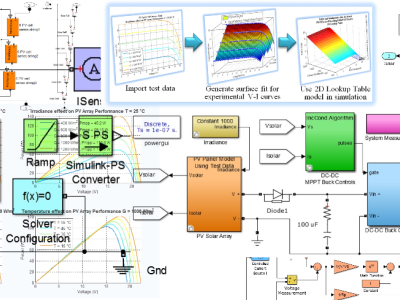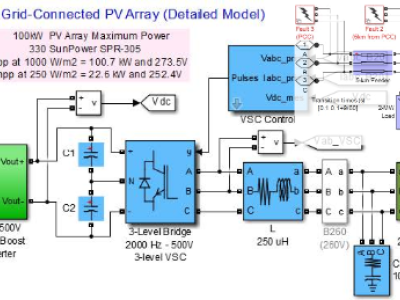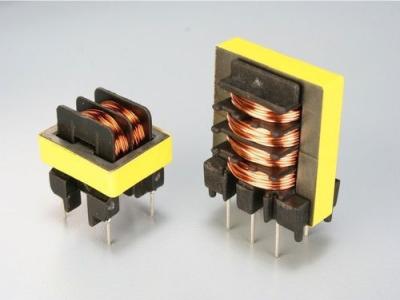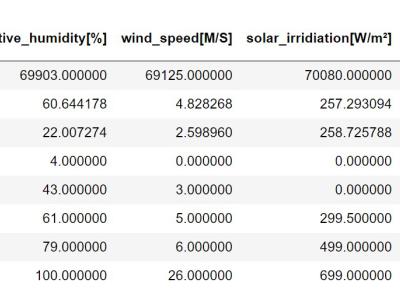A Conversion Guide: Solar Irradiance and Lux Illuminance

- Citation Author(s):
- Submitted by:
- Peter Michael
- Last updated:
- DOI:
- 10.21227/mxr7-p365
- Data Format:
 26001 views
26001 views
- Categories:
- Keywords:
Abstract
The standard for measurement of solar irradiance utilizes the units of watts per meter squared (W/m2). Irradiance meters are both costly and limited in the ability to measure low irradiance values. With a lower cost and higher sensitivity in low light conditions, light meters measure illuminance utilizing the unit of Lux. A conversion factor would enable the use of light meters to evaluate PV performance under low solar irradiance conditions. This conversion is a supplement to Luminous Efficacy that compares atmospheric light in units of lumens to solar irradiance in units of watts. A survey of the literature found no definitive and readily available "rule of thumb" conversion standard between solar irradiance and Lux. Easy to find Internet sources contain conflicting and widely varying values of 688,449 to 21,000 Lux for 1,000 W/m2 (1 Sun) of solar irradiance. Peer-reviewed literature contains Luminous Efficacy equivalents values of 21 to 131 lumens per watt. This analysis explores the relationship and establishes a theoretical and laboratory measurement guide for conversion for solar irradiance and light Lux. Measurement uncertainties, equipment calibration accuracy, and standards' data were considered to develop a conversion factor. Solar Irradiance of 1 Sun (1,000 W/m2) equals approximately 120,000 Lux.
Instructions:
Calculations, measurement, and analysis for A Conversion Guide: Solar Irradiance and Lux Illuminance












Is there a more comprehensive analysis about the data used?